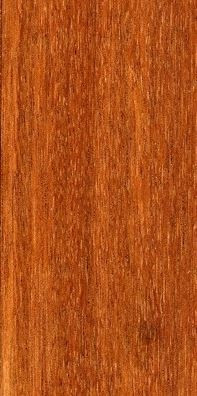

Limbali is a large tree of the dense rainforests of West and Central Africa. The tree gives a red-brown, heavy and hard wood. Limbali is a durable wood, suitable for uses that require resistant materials: it can be used in particular for the construction of heavy carpentry or industrial flooring, as well as in shipbuilding.

Gilbertiodendron dewevrei, Macrolobium dewevrei (synonymous), Gilbertiodendron preussii, Gilbertiodendron brachystegioides
Family: FABACEAE-CAESALPINIOIDEAE (angiosperm)
Commercial restriction : no commercial restriction
Limbali is a large tropical tree reaching 40 m in height and 2 m in diameter. Its trunk is cylindrical, covered with a bark that peels off in thin grey-yellow patches of irregular size that leave a rough surface mottled with reddish-brown lenticels.
The tropical wood limbali is very little used. Due to its characteristics, it is a material that can be used in heavy carpentry.
It can be used for the following purposes:
Exterior joinery (building facade)
Carpentry and interior fittings
Outdoor equipment - Recreation
Industrial usage and heavy work
Shipbuilding
The exotic species limba is found in Central Africa. Its distribution area extends from Niégria to the Congo basin (Cameroon, Equatorial Guinea, Gabon, Central African Republic, Congo, DRC).
The tropical species limbali is a non-deciduous, shade-tolerant species. It grows in mixed evergreen and semi-deciduous forests, often near streams and on flood-prone soils.
Read the Tropix sheet of limbali (CIRAD).
Read the Tropix sheet of limbali (CIRAD).
Read the Tropix sheet of limbali (CIRAD).
Sources :